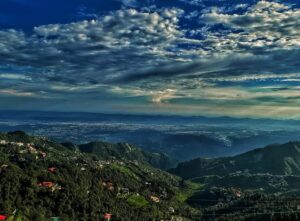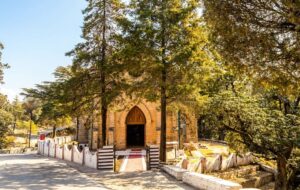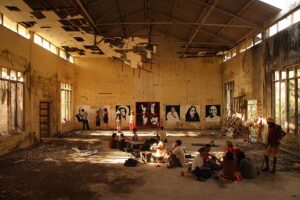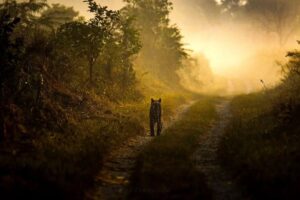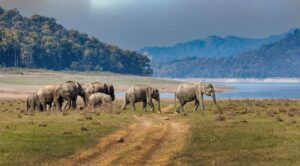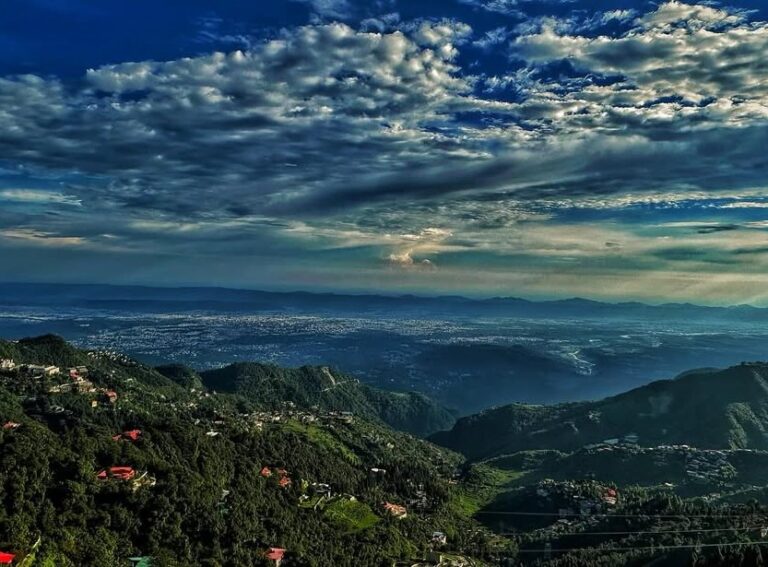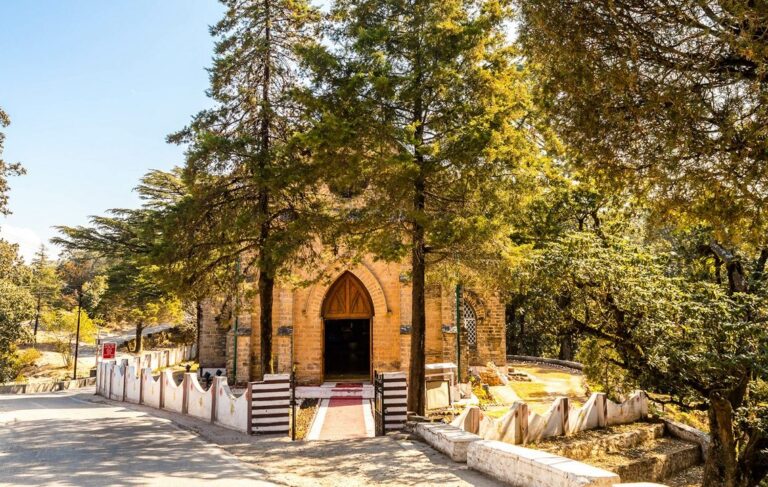Discover Har Ki Dun In Uttarakhand: “Trekking Through Paradise”
Har Ki Dun Trek Uttarakhand, located in Uttarakhand, is one of the most popular treks in the Garhwal Himalayas, Har ki Dun height standing at a height of 3600 meters. The trek begins from Sankri village, a small paradise, and Taluka, which is the last road point for this trek. Along the route, the trek passes through four Himalayan villages: Dhatmir, Gangad, Panwani, and Osla, which are considered marginal villages. Har Ki Dun is famous not only in India but also worldwide.
Oldest Trail in the Himalayas
Locals used to say that there was a time when many foreign tourists visited Har Ki Dun, even before trekking became popular in India. This makes the Har Ki Dun In Uttarakhand one of the oldest and most special treks.
People also use this Har Ki Dun In Uttarakhand route for other treks like Bali Pass, Borasu Pass, Dhumdhar Kandi Pass, Maldaru Lake, Bainya Top, , Swargarohini Peak Expedition, and Ruinsara Tal. This makes the area busy with trekkers all year round.
Har Ki Dun Weather
The temperature at Har Ki Dun Trek Uttarakhand varies with the seasons. In summer, daytime temperatures range from 5°C to 15°C and nighttime temperatures from 2°C to 8°C. In winter, daytime temperatures range from -2°C to -5°C and nighttime temperatures from -5°C to -12°C.
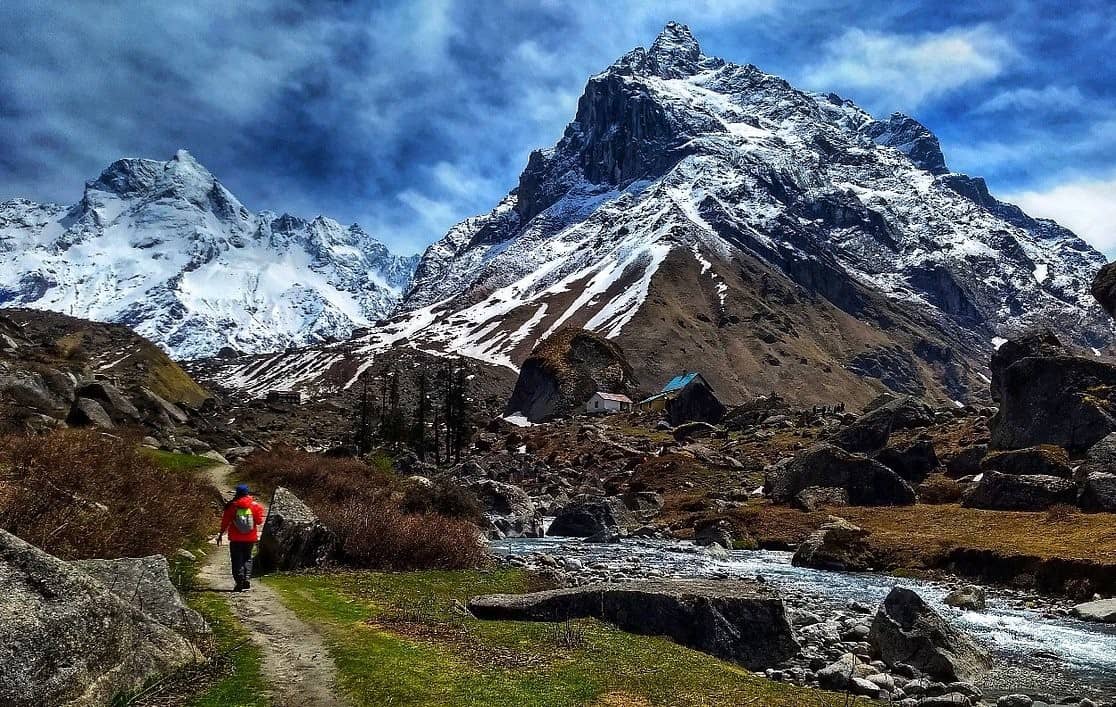
Har Ki Dun Trek:
Har Ki Dun In Uttarakhand, located in the enchanting Garhwal region of the Great Himalayas in Uttarakhand, is a magnificent valley steeped in Indian mythology. Known as the “Valley of the Gods,” Har Ki Dun Uttarakhand has a rich history spanning over 500 years.
Highlights of Har Ki Dun Trek
- Jaundhar Glacier: A stunning glacier near Har Ki Dun Valley, surrounded by snow-capped peaks and offering breathtaking views.
- Morinda Tal: A serene high-altitude lake surrounded by lush meadows, providing a peaceful atmosphere.
- Har Ki Dun Valley: Known for its diverse flora and fauna, the valley offers spectacular views of the surrounding mountains.
- Osla Village: A picturesque village with traditional houses, offering insight into the local way of life.
The term “Har ki Dun” translates to “Valley of Gods” or “Valley of Lord Shiva” in Hindi, combining:
- “Har” or “Hara”: Referring to Lord Shiva, a principal deity in Hindu mythology associated with the Himalayas.
- “Doon”: Referring to a valley or fertile land nestled between mountains.
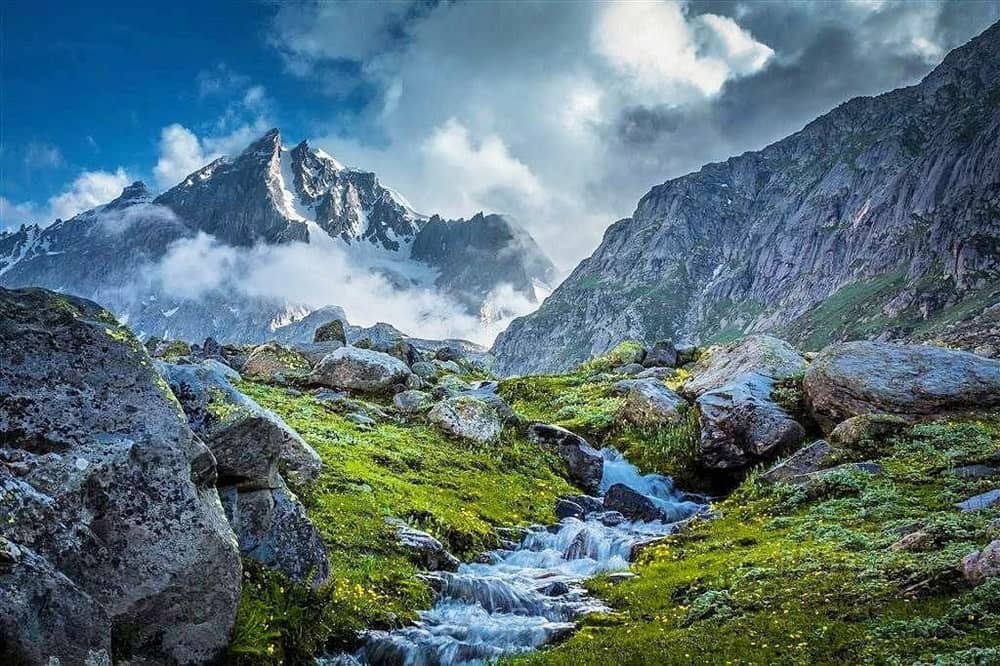
Myth and Truth of Har Ki Dun In Uttarakhand
Many fables and tales from the era of the Mahabharata are admired in Har Ki Dun In Uttarakhand. However, it is essential to make readers and trekkers aware of the real facts versus the myths.
Some folklores claim that Duryodhana is worshipped in a temple supposedly dedicated to Yudhishthira, and that local people believe they can reach heaven via the Har Ki Dun Trek Uttarakhand. Another folklore claims that Yudhishthira reaching heaven through the Har Ki Dun trail.
In truth, the saga of reaching heaven is associated with the path of Badrinath towards the Swargarohini peak at Narayan Parvat (mountain). The journey includes locations such as Laxmi Van, Chakaratir, Sahastradhara, and Satopanth Lake.

Why Choose Har Ki Dun Uttarakhand for Trek?
Before diving into the itinerary, here are compelling reasons to choose the Har Ki Dun Trek:
- Scenic Beauty: Enjoy breathtaking views of Himalayan peaks, lush meadows, dense forests, and serene landscapes that captivate all ages.
- Moderate Difficulty: With a manageable trekking distance and moderate terrain, Har Ki Dun is suitable for families with older children and adults of varying fitness levels.
- Cultural Experience: The trek passes through picturesque villages like Sankri and Osla, offering unique cultural interactions and insights into traditional Himalayan life.
- Wildlife and Flora: Trek through the Govind Wildlife Sanctuary, home to diverse flora and fauna, providing educational opportunities for nature enthusiasts.
- Educational Value: Ideal for school groups, the trek offers lessons in geography, biology, and ecology, including insights into Himalayan geology and the impact of climate change.
- Physical Activity: Encourages physical activity, promoting health and bonding among families and friends.
-
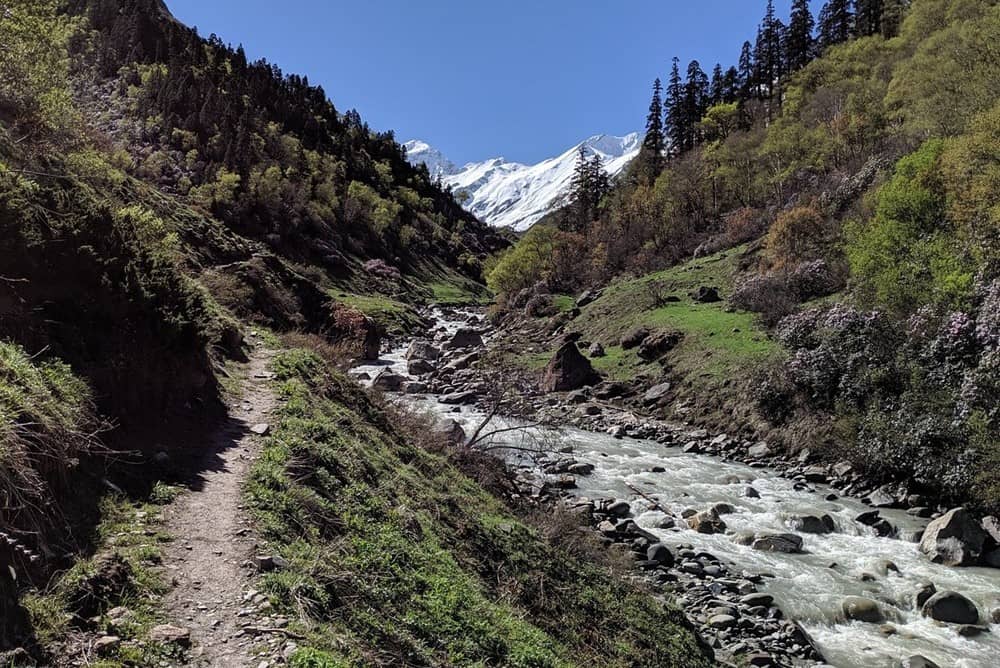
Har Ki Dun Valley Uttarakhand India
Best Time to Visit Har Ki Dun Trek
The ideal time to visit Har Ki Dun in Uttarakhand depends on what you want to experience. There are two primary trekking seasons, each offering unique advantages:
Spring/Summer Season (March to June)
- Blooming Meadows: The trail of Har Ki Dun In Uttarakhand is adorned with colorful flowers, creating a stunning landscape.
- Mild Weather: Daytime temperatures range from 15°C to 20°C, making trekking comfortable for Har Ki Dun In Uttarakhand.
- Clear Skies: Enjoy clear views of the surrounding peaks and landscapes.
Post-Monsoon/Early Autumn Season (September to November)
- Fall Colors: The forests turn vibrant shades of red, orange, and yellow, offering a picturesque environment.
- Cooler Weather: Daytime temperatures range from 10°C to 15°C, with chilly nights.
- Fewer Crowds: This period is less crowded than the peak summer season.
Note: Winter (December to February) is not suitable for Har Ki Dun In Uttarakhand due to heavy snowfall and significantly low temperatures, which can make trekking challenging and dangerous.
Difficulty of Har Ki Dun Trek Uttarakhand
The Har Ki Dun trek is considered moderate, suitable for both beginners and experienced trekkers:
-
- Duration: Approximately 6 nights and 7 days.
- Distance: About 47 kilometers round trip.
- Terrain: Involves moderate ascents and descents, with some steep sections, rocky paths, and river crossings.
- Highest Point: Jaundhar Glacier at around 4,200 meters (13,780 feet).
Day 1: Dehradun to Sankri Village ( Har Ki Dun In Uttarakhand )
-
-
- Drive Distance: 190 km
- Duration: 8-9 hours
- Altitude: 6,309 ft
- Overnight Stay: The Grand Shiva Homestay, Twin Sharing
-
Day 2: Sankri to Dharkot via Taluka-Trek to Cheludgad
-
-
- Drive Distance: 21 km
- Duration: 1.5 hours
- Trek Distance: 6 km
- Trek Time: 4-5 hours
- Altitude: 8,158 ft
- Overnight Stay: Camp, Twin Sharing
-
Day 3: Cheludgad Camp to Bhosla Camp ( Har Ki Dun In Uttarakhand )
-
-
- Trek Distance: 12 km
- Trek Time: 7-8 hours
- Altitude: 9,795 ft
- Overnight Stay: Camp, Twin Sharing
-
Day 4: Exploration Day Morinda Tal – Jaundhar Glacier
-
-
- Trek Distance: 8 km
- Trek Time: 6-7 hours
- Altitude: 12,720 ft
- Overnight Stay: Camp, Twin Sharing
-
Day 5: Cheludgad Camp via Osla Village or Devsu Bugyal
-
-
- Trek Distance: 13 km
- Trek Time: 6-7 hours
- Altitude: 9,795 ft
- Overnight Stay: Camp, Twin Sharing
-
Day 6: Cheludgad to Dharkot – Taluka, then Drive to Sankri
-
-
- Trek Distance: 6 km
- Trek Time: 5-6 hours
- Drive Distance: 21 km
- Duration: 1.5 hours
- Altitude: 6,309 ft
- Overnight Stay: The Grand Shiva Homestay, Twin Sharing
-
Day 7: Sankri to Dehradun ( Har Ki Dun In Uttarakhand )
-
-
- Drive Distance: 190 km
- Duration: 8-9 hours
- Drop Point: Dehradun Railway Station
-
FAQ
Is Har Ki Dun Trek Safe for Beginners?
-
-
-
- Moderate Difficulty: The trek has gradual climbs and manageable terrain
- Well-Defined Trail: The well-marked trail reduces the risk of getting lost.
- Trekking Infrastructure: The popularity of the trek ensures good support, including guides, local support staff, and well-established campsites.
- Limited Altitude Concerns: While the highest point is at 4,200 meters.
-
-
Preparation Tips for ( Har Ki Dun In Uttarakhand )
-
-
-
- Physical Fitness: Engage in regular exercise and pre-trek training to enhance endurance and strength.
- Gear and Supplies: Carry necessary gear and supplies, and consult with experienced trekkers or local guides for specific advice.
- Safety: Always prioritize safety, plan your trek well, and be aware of your limitations.
-
-


